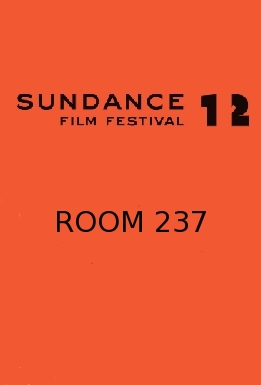I am a huge fan of Stanley Kubrick's 1980 classic The Shining. But I'll be honest, the fans featured in Rodney Ascher's Room 237 put me to shame. And I'm okay with that.
Loved and hated by an equal number, Kubrick's film is a hot topic of controversy. Many fans have considered it a benchmark for the genre. Others see it an unfitting entry by one of Hollywood's most prolific directors. But Room 237 dives into the area between those two extremes: the conspiracy theories that detail-oriented fans have convinced themselves they have deciphered. Whether it is dealing with World War II, the infamous "staged" Apollo moon landing, or genocide, everyone seems to have a take on the real meaning of the late director's distinguished film.
Room 237 is about as interesting a film about a film as one can imagine. The details that are unearthed concerning The Shining are extraordinary"”though many will prove to be a bit of a stretch for the casual fan.
In a film that features continuous interview footage, it is quite extraordinary that none of the principles are featured on camera. Instead, director Rodney Ascher opts to keenly edit in footage from both The Shining and Kubrick's other popular films, keeping the screen moving as we are steadily walked through each person's conspiracy. From t-shirts worn on camera to the subtle differences between Kubrick's vision and Stephen King's best-selling novel, there are few rocks left unturned in Room 237.
I wouldn't say that the film converted me to a true believer, but I am more than a little intrigued by the discoveries that came to light when the film was played both forward and backwards, one on top of the other. I find it hard to believe that Kubrick spent that much time conjuring up hidden messages without revealing them to a single soul, but I also can't deny the reasoning presented here.
Room 237 is a crazy film that leaves more questions than it does answers. But then again, will anyone ever know the true answer?

